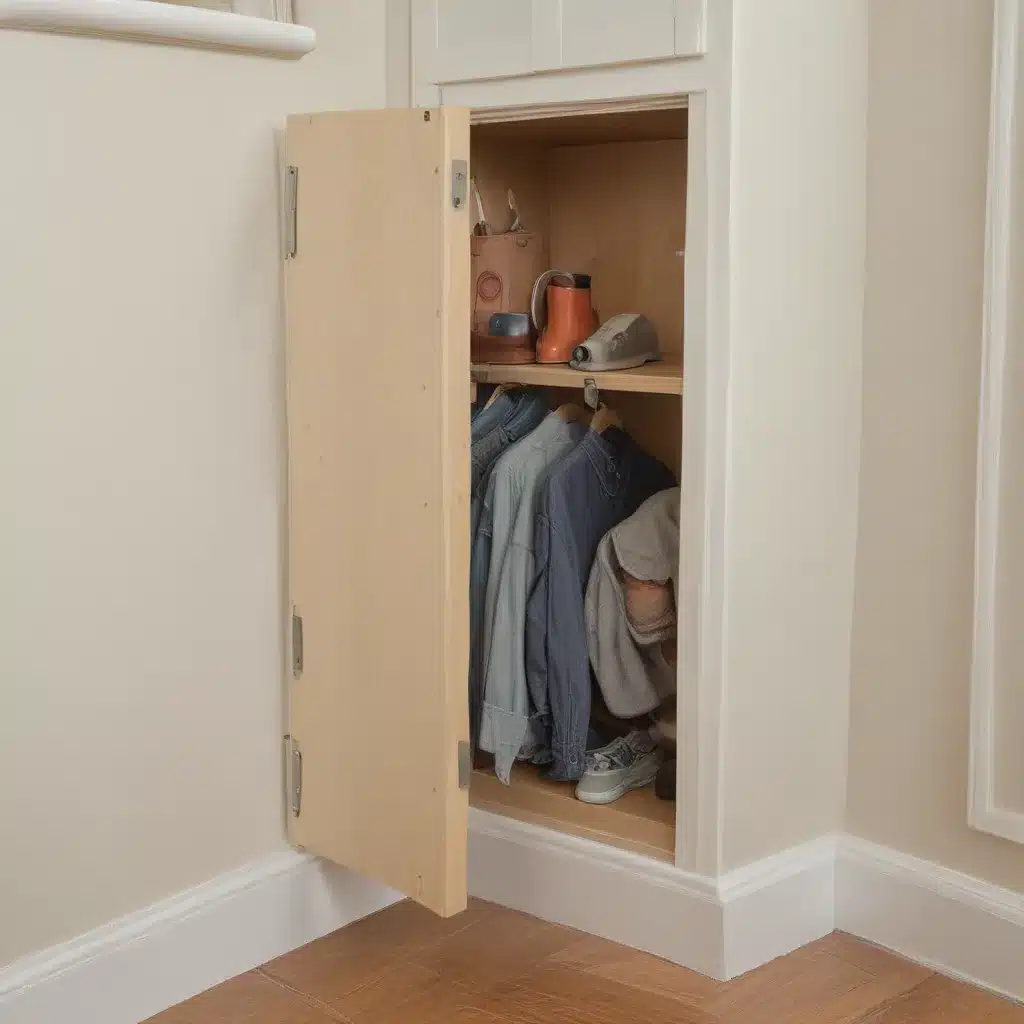Confined Spaces and the 3D Printing Conundrum
As a proud Philadelphia resident and avid 3D printer enthusiast, I’ve always been fascinated by the intricacies of creating in small spaces. Whether it’s crafting custom window treatments for our historic row homes or tinkering with the latest resin printer, navigating the challenges of confined areas is a delicate dance.
Recently, I stumbled upon a interesting conundrum on the r/ElegooMars subreddit that got me thinking about the intersection of 3D printing and small space safety. It all started with a user asking the age-old question: “Is it safe to use a resin 3D printer in my room?”
OSHA defines confined spaces as “a space that is large enough and so configured that an employee can bodily enter and perform assigned work, has limited or restricted means for entry or exit, and is not designed for continuous employee occupancy.” Hmm, that sounds a lot like my cozy Philadelphia rowhouse, doesn’t it?
The Resin Printing Dilemma
As I delved deeper into the Reddit thread, I discovered a fascinating back-and-forth between users, resin manufacturers, and 3D printing experts. The consensus seemed to be that while resin printers don’t necessarily emit toxic fumes, the odor and potential for irritation is something to consider, especially in small, enclosed spaces.
One user shared their experience printing with Elegoo resin, noting that they kept their printers near an open window with a box fan to suck out any lingering smells. “I have had zero issues,” they reported. However, when they reached out to Elegoo’s customer support, the response was a bit more cautionary, advising the use of gloves, masks, and proper ventilation during normal operation.
Interestingly, when the user asked MakerJuice about the safety of their Substance G resin, the company directly stated that their product does not produce “toxic or harmful fumes.” But they still recommended ventilation, as the resin could release irritating gases if overheated or burned.
Striking a Balance
As I contemplated these findings, I couldn’t help but draw parallels to the challenges of creating a safe and functional small space, whether it’s for 3D printing or custom window treatments. It’s all about striking the right balance between functionality, aesthetics, and most importantly, security.
At Home Curtains Philadelphia, we understand this delicate dance better than anyone. Our team of experts specializes in crafting bespoke window treatments that not only elevate the look of your space but also ensure the safety and well-being of you and your loved ones.
Just like with 3D printing, ventilation and proper precautions are key when it comes to window treatments. We always recommend considering factors like cord length, placement, and child-safe mechanisms to create a secure environment, especially in small or confined areas.
The Pursuit of Safety and Creativity
As I wrap up my investigation into the world of 3D printing and small space safety, I can’t help but feel a renewed sense of appreciation for the delicate balance we all must strike in pursuit of our creative passions. Whether it’s tinkering with the latest resin printer or transforming our cozy Philadelphia rowhouses, the key is to approach each challenge with a thoughtful, safety-first mindset.
So, the next time you find yourself contemplating a new 3D printing project or dreaming up the perfect custom window treatments, remember to consider the importance of ventilation, proper precautions, and creating a secure environment. With a little bit of creativity and a lot of caution, we can transform even the most confined of spaces into true havens of safety and inspiration.



